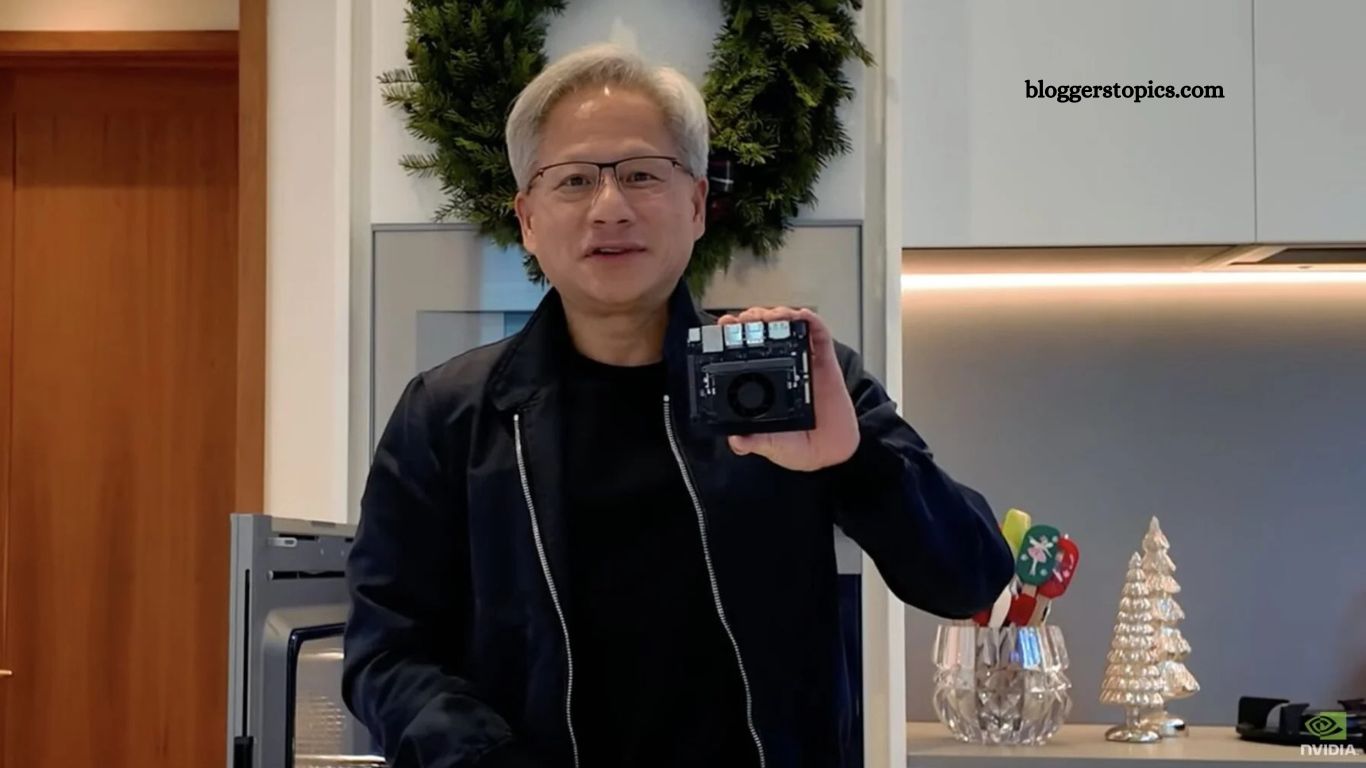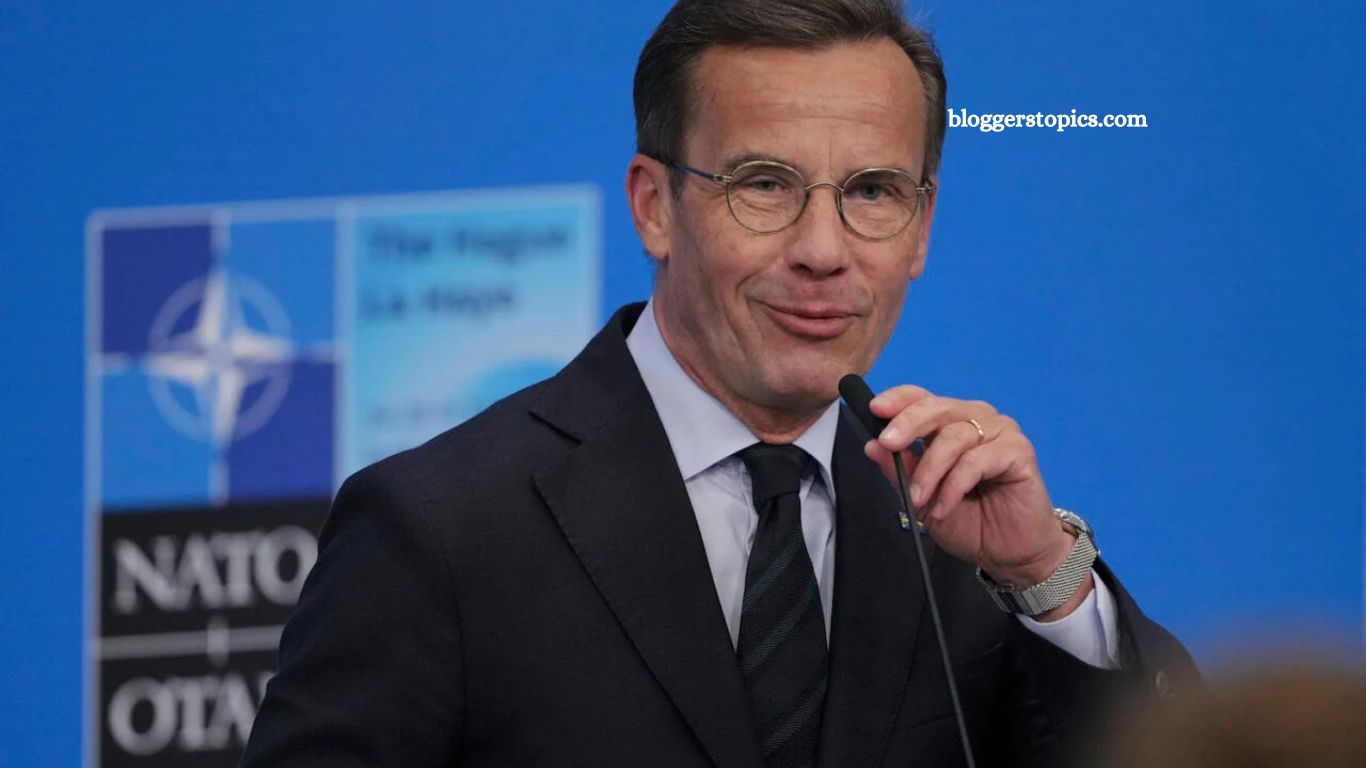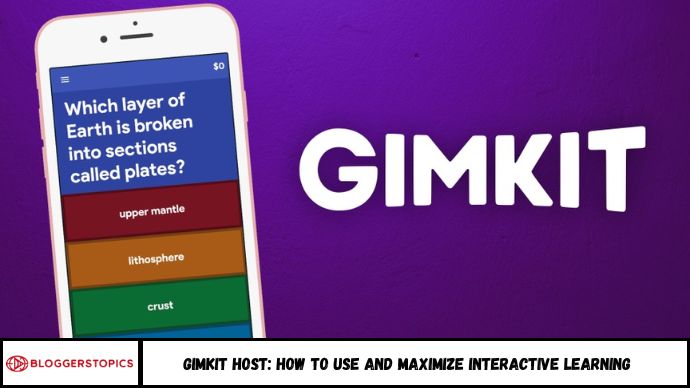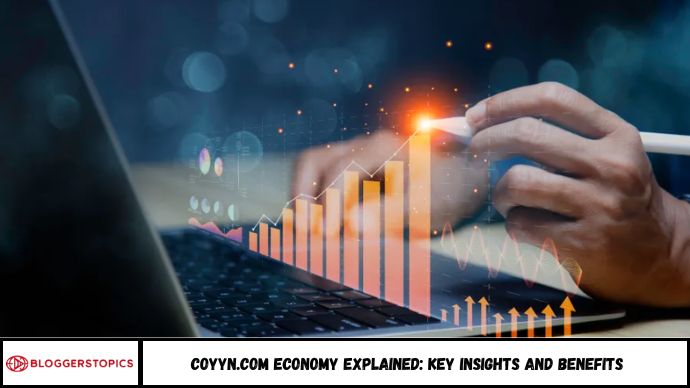AI isn’t coming for your job someday it’s ready now. From boardrooms to factory floors, technology is capable of replacing millions of workers, yet the mass layoffs haven’t begun. The reason isn’t technical; it’s political. Corporate leaders know the public backlash that comes with being first to announce AI-driven cuts. So, they’re stalling freezing hiring, restructuring quietly, and waiting for a rival CEO to take the heat.
Meanwhile, younger workers see the threat as immediate, while many over 35 still think it’s years away. That gap in perception is dangerous, because the displacement has already started. Behind the scenes, machines are taking over tasks once done by humans and the silence won’t last forever.
Read More: Trust Your Intuition: How Daily Tarot Readings with Ceerly Can Illuminate Your Path
Fear, Not Technology, Is Slowing Layoffs
AI is already capable of replacing millions of jobs. CEOs know it — but mass layoffs haven’t begun because leaders fear being the first to act. They’re watching one another, waiting for someone else to make the move.
A Generational Divide in AI Awareness
Workers under 35 see AI as an immediate threat. Many over 35 think mass displacement is five to ten years away. That belief is dangerously behind reality. The revolution is here; politics, not tech limits, are holding it back.
CEOs Are Signaling Their Intentions
Palantir’s Alex Karp has openly discussed boosting revenue while cutting 500 jobs. Amazon’s Andy Jassy has warned staff about role reductions as robots like Hercules, Pegasus, and Proteus take over.
Hiring Freezes Replace Mass Firings
Instead of large-scale layoffs, companies are freezing hiring. Managers must now justify why a human should fill a role AI could handle. Entry-level corporate job listings are down 15% in a year, according to Handshake.
AI-Linked Job Cuts Are Already Rising
Over 806,000 private-sector layoffs have been announced this year, the most since 2020. AI is now among the top five drivers of job losses, with tech companies leading the trend.
The Quiet Displacement Has Begun
Job losses aren’t delayed — they’re unfolding quietly through hiring freezes, restructuring, and gradual workforce reductions. CEOs aren’t sparing jobs out of compassion; they’re waiting for someone else to face the political fallout first.
Frequently Asked Questions
Is AI really going to replace millions of jobs soon?
Yes. AI technology is already advanced enough to automate many roles across industries. While widespread layoffs haven’t fully occurred yet, hiring freezes and restructuring signal that displacement is underway.
Why haven’t companies started massive AI-driven layoffs?
Many CEOs fear the political and public backlash of announcing large job cuts first. They are waiting for others to make the first move to avoid becoming the target of criticism.
Which jobs are most at risk from AI automation?
Entry-level and repetitive tasks are most vulnerable, including administrative roles, manufacturing jobs, and certain knowledge-based positions that AI can now perform efficiently.
How are companies preparing for AI job displacement?
Instead of immediate layoffs, many are implementing hiring freezes and gradually restructuring teams. They’re also investing in AI tools to increase productivity while reducing workforce costs over time.
What can workers do to stay relevant in an AI-driven job market?
Upskilling in areas where human judgment, creativity, and emotional intelligence are crucial will help. Emphasizing skills that AI can’t easily replicate will improve job security.
Conclusion
The AI revolution isn’t a future threat it’s happening now. While technology can replace millions of jobs, political hesitation and fear of backlash have delayed mass layoffs. CEOs are quietly preparing, using hiring freezes and gradual workforce cuts to avoid becoming targets. Younger workers recognize the urgency, but many still underestimate how quickly AI will reshape the job market. Preparing for this shift means understanding the reality and adapting skills accordingly. The machine is already in motion the question isn’t if AI will replace jobs, but when and how we respond.







